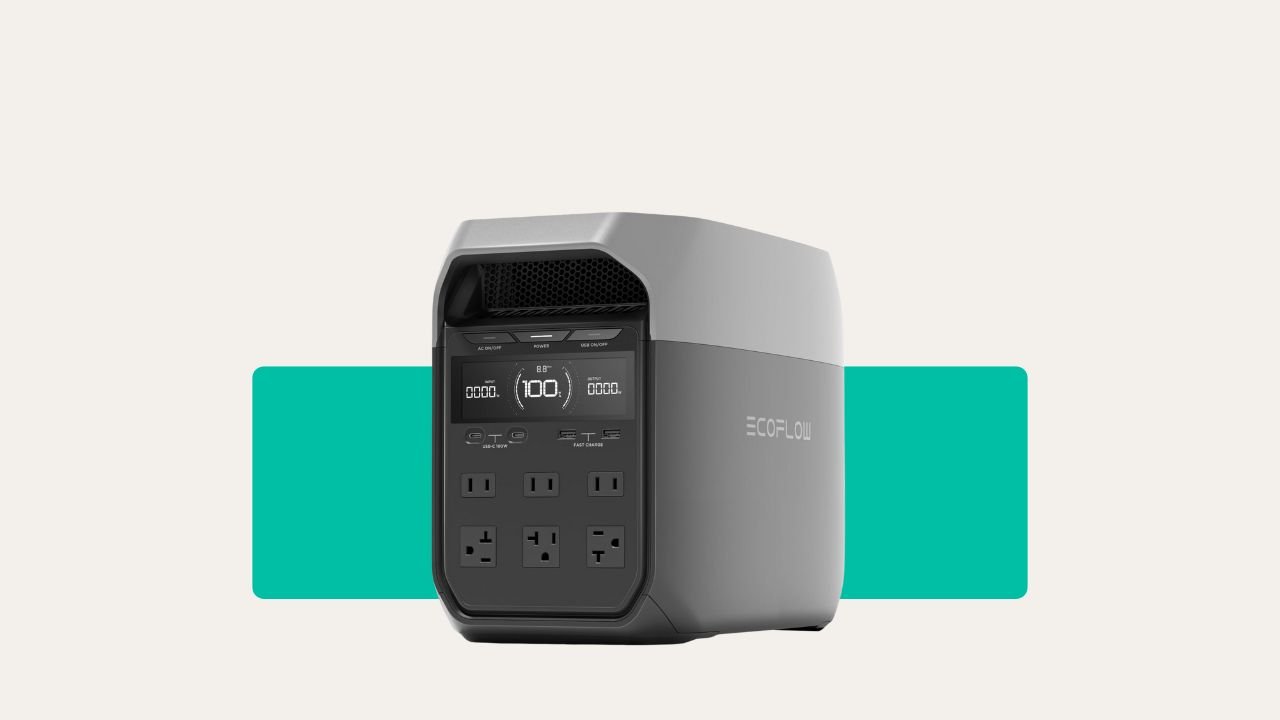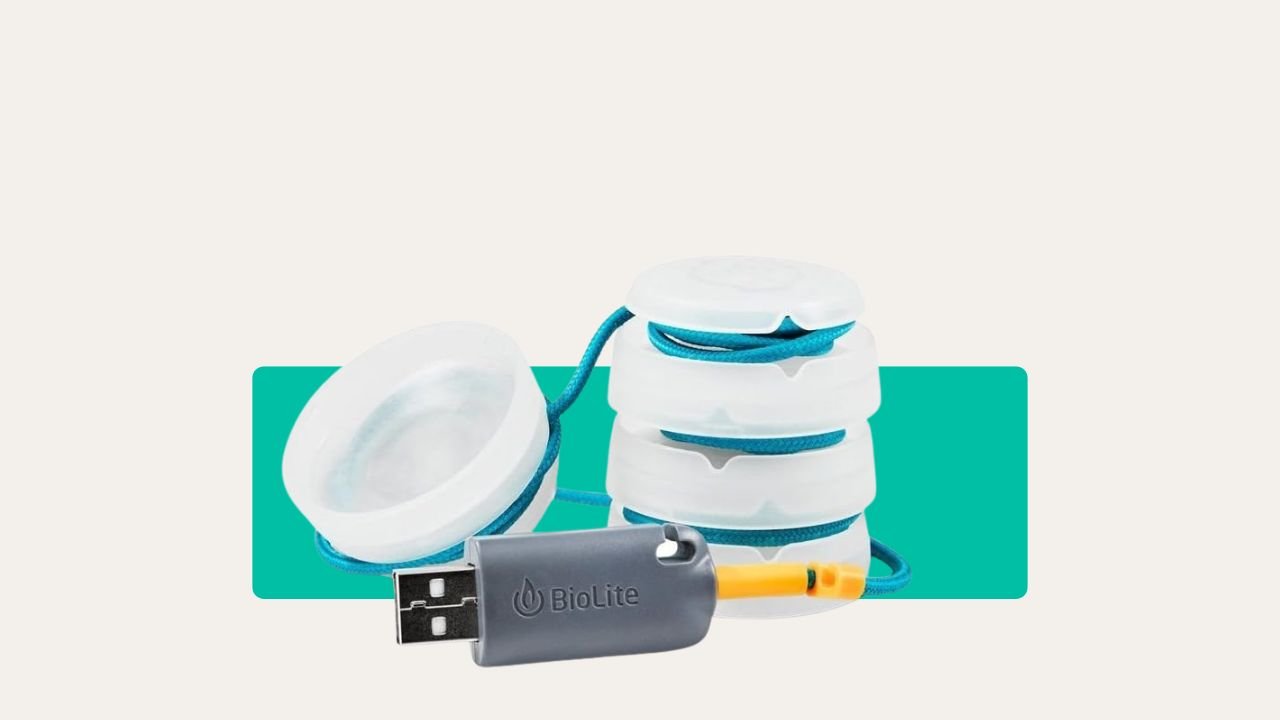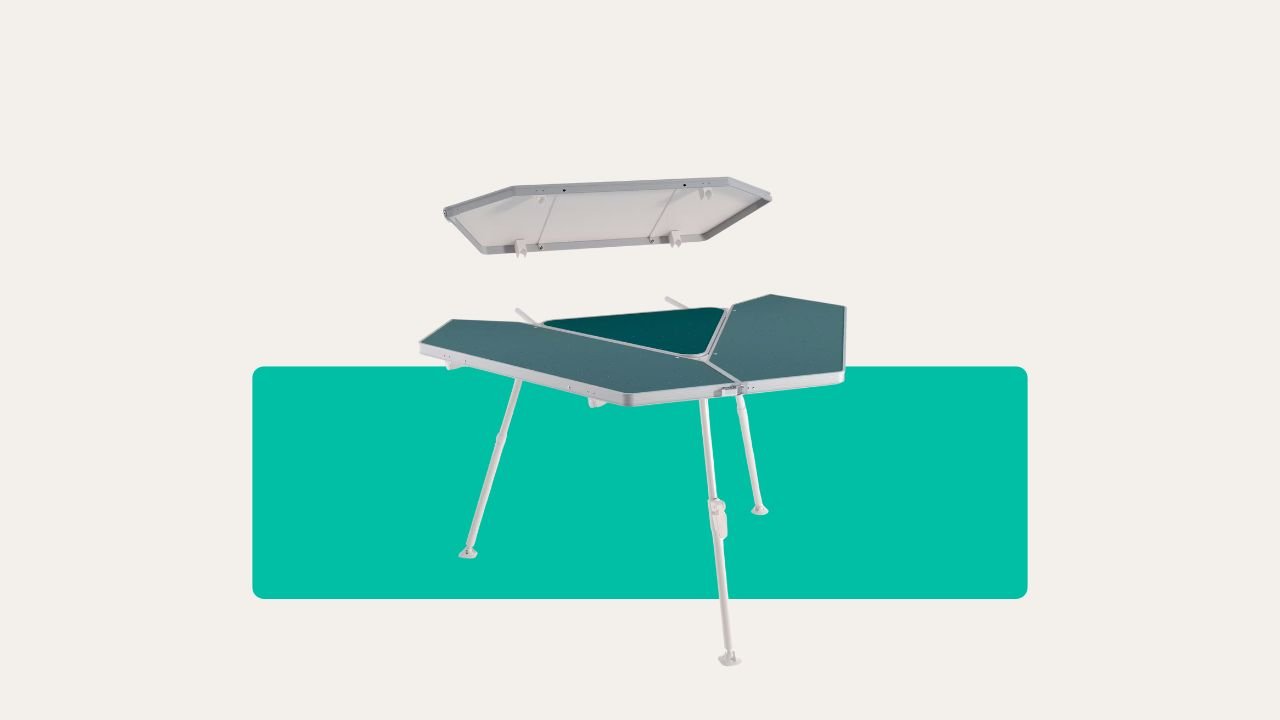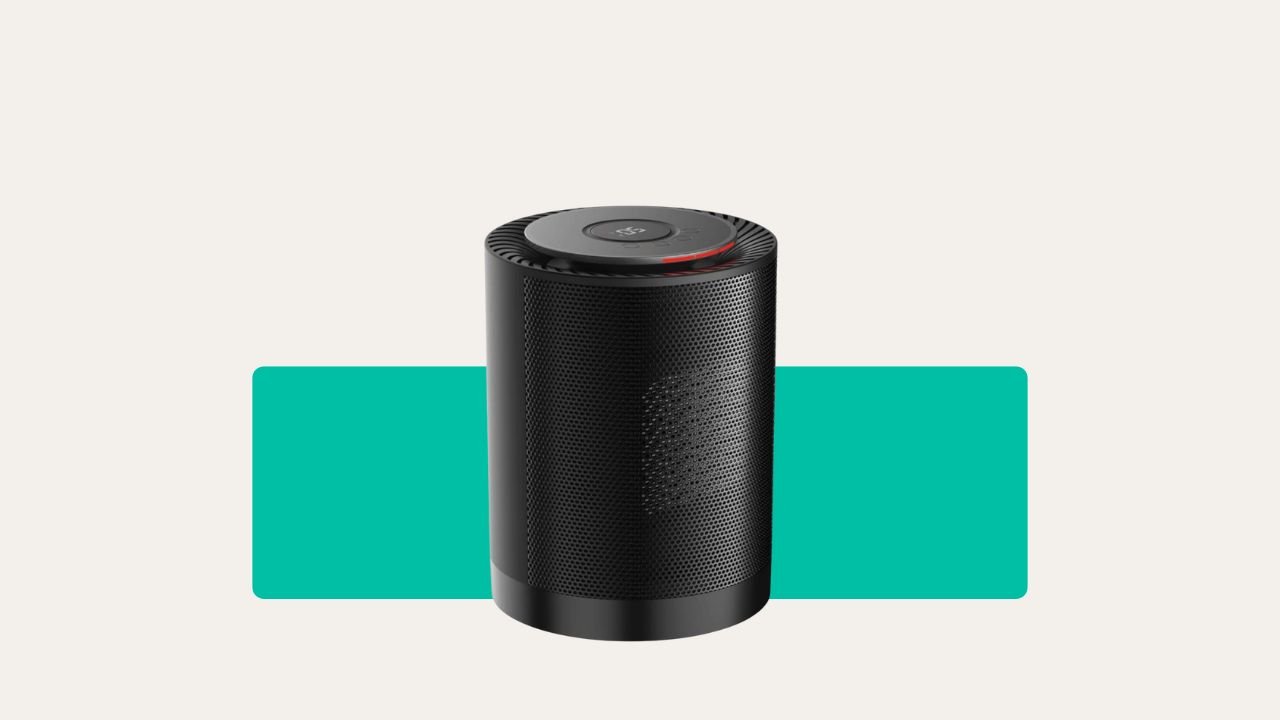Most people reckon you need a battery the size of a suitcase to keep your camper ticking over off-grid. I used to think the same, until I found myself charging my phone with the van engine running at 2am somewhere windy near Ballycastle.
All because my tired old lead-acid leisure battery gave up, again. Truth is, it’s not about brute size—it’s about how that battery delivers power, takes a beating, and lets you actually relax on your trip.
That’s why seasoned van travellers like me are switching to lithium leisure batteries. Here’s the honest rundown on why lithium runs rings around the old options.
What Exactly Is a Lithium Leisure Battery?

A “leisure battery” is the heart of your campervan’s electrics. It runs your lights, keeps the fridge chilly, and lets you charge your gadgets.
But a lithium leisure battery isn’t just a newer option—it’s a different beast altogether. Instead of heavy lead plates sloshing in acid (like your car starter battery), lithium batteries use modern tech called LiFePO4, or Lithium Iron Phosphate.
In plain English: they give more power in a lighter, tougher, safer package. That's why savvy vanlifers and wild campers are swapping out their old-school batteries faster than you can say “brew up”.
Lithium vs Lead-Acid: What’s the Difference?
If you’ve used a camper or caravan in the UK, you’ve probably dealt with lead-acid batteries. Classic, reliable, and cheap on day one—until they let you down just when you fancy a cuppa and a biscuit after a soaking hike. Here’s the big stuff you need to know:
- Weight and Size: Lithium leisure batteries are about half the weight and take up less space.
- Usable Power: You can use 80-90% of a lithium battery’s rated capacity, compared to about 50% for lead-acid.
- Lifespan: A lead-acid battery might last 3–5 years or 500-ish cycles, if you baby it. Lithium regularly makes it past 10 years and thousands of cycles—more on that in a minute.
- Maintenance: Lead-acid needs regular checks (especially if it’s not sealed). Lithium is mostly fit-and-forget.
- Performance: Lithium keeps voltage steady. Lead-acid loses puff as charge drops—so your fridge warms up, lights dim, and things start to falter.
Real camper wisdom? Lead-acid *will* let you down after a few tough seasons, especially if you ever run it flat. Lithium just keeps punching above its weight.
How Long Does a Lithium Leisure Battery Last?
Here's the best bit for serious campers. A good lithium leisure battery, especially the LiFePO4 type, is built to last. We're talking 3,000 to 5,000 full charge cycles.
That means if you camp every weekend and drain your battery right down, it’ll still outlive most vans (and probably half your camping kit). Lead-acid batteries often give up after a few hundred cycles—so you end up swapping them, paying again, and lugging heavy scrap to the tip.
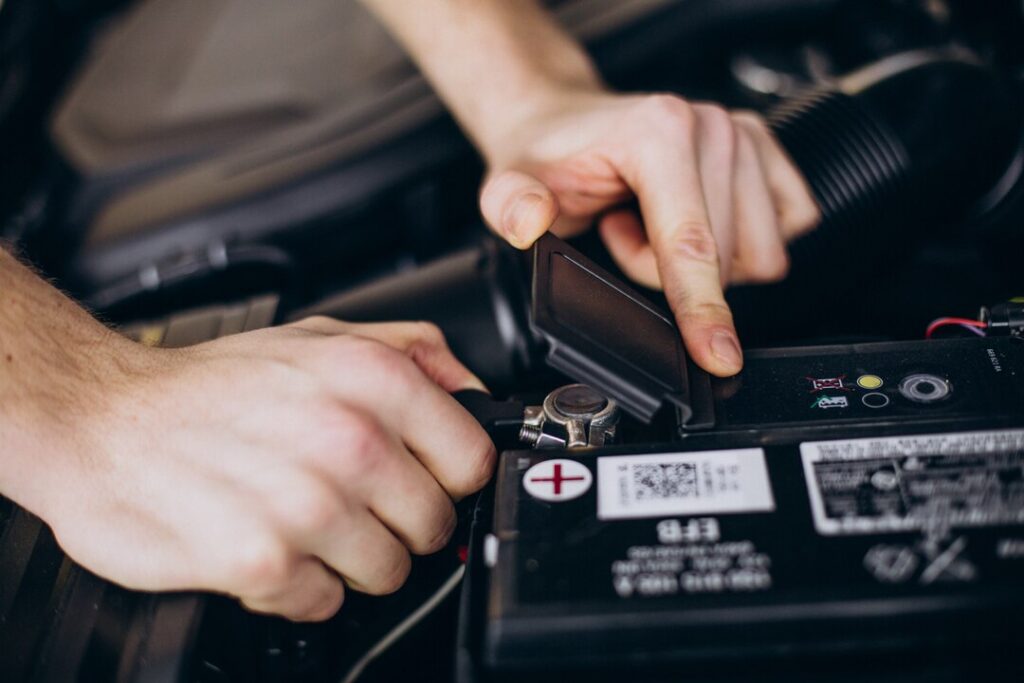
Take my mate Stu: his lithium battery outlasted two sets of tyres and three gas regulators. That’s the sort of reliability you notice, especially when you’re eyeing the weather and debating one more wild night on the Isle of Skye.
Fast Charging and Consistent Power
Ever got stuck at a site with only an hour of daylight, or a rainy day that kills your solar? Lithium leisure batteries don’t just charge fast—they accept more current at once, so you can top up quickly from solar, alternator, or a mains hookup. Some will charge in an hour or two if you’ve got the kit.
Better yet, lithium keeps voltage high until nearly empty. LED lights shine bright all night, your fridge doesn’t get dodgy when the battery’s low, and you can even run things like hairdryers or induction hobs (if your inverter is up to it!) with less drama. If you’ve battled a string of dull, Scottish November days like I have, you’ll spot the difference.
Deep Discharge: More Real World Power
Here’s where it counts for off-grid freedom. With lead-acid, you’re only meant to use half the battery before you risk knackering it. Lithium? You safely use 80-90% of your battery, every time.
That means more nights at the coast, more wild park-ups by Loch Lomond, and fewer worries about “Should I run the engine just to keep the lights on?”
I’ve literally had six nights off-grid on the west coast using solar, not babying my battery, and still had power to spare. Try that with a budget lead-acid—let me know how you get on!
Weight and Space: Don’t Lug Dead Weight
One thing most new campers underestimate is what battery weight does to their setup. A typical 110Ah lead-acid leisure battery can weigh nearly 30kg. Lithium? Same capacity, about 12-15kg. That’s more headroom for kit, water, or that sneaky box of Kendal mint cake.
Smaller footprint means you can fit your lithium leisure battery under a seat, in a tiny locker, or wherever makes sense in your van. More room for muddy boots, bedding, or, if you camp in the UK, enough wet weather gear to kit out an army.
Maintenance-Free and Fit-Anywhere
Look, your leisure time is for camping, not crawling round the van with a torch poking at cells and topping up water. Lithium leisure batteries really are hands-off. No need to unwrap them every month, no acid leaks. Plus, they work in any position—even sideways or upside down—which saved my skin on a steep ferry crossing to Orkney when everything slid.
Because there’s no liquid inside, you’ve got more options for where to mount them. Tucked under your bed, in a side cupboard—just don’t leave them out in the rain or somewhere daft.
Safe and Reliable—Even When It’s Rough Out
There’s a lot of scare-mongering online about lithium fires. The truth? Modern LiFePO4 batteries have built-in battery management systems (BMS), which stop overcharging and overheating.
They’re safer than old-style lithium (the kind that gave hoverboards a bad name!), and much safer than most lead-acid batteries if you’re bouncing over potholed farm tracks or parked in the sun for weeks.

I’ve camped below freezing in the Lakes and in near-30°C Cornwall with my lithium battery. It’s unbothered by rough roads, rain, or wild temp swings—just don’t freeze it solid, and don’t bake it in a closed van midsummer.
Downsides: The Gritty Truth Before You Upgrade
Lithium isn’t perfect. The upfront cost will make you swallow hard—a decent battery can be three or four times the price of lead-acid, especially for bigger capacities. But let’s be straight: over 10 years, you’ll probably save cash versus replacing knackered lead-acid batteries.
Another snag is cold weather. Lithium batteries don’t like charging below freezing. Clamp your battery somewhere insulated—not metal van floors or sides—or pick a model with built-in heating if you’re winter camping. I got caught out on the Beacons one February; had to warm the battery up with a hot water bottle before it took a charge (not fun at 6am).
You’ll also need the right charger. Get a decent DC-DC or battery-to-battery charger, and double-check your solar controller is lithium-ready. Fitting lithium to a legacy setup can be a pain, but it’s not rocket science—just be willing to spend an afternoon with a wiring diagram.
Still Wondering? Is Lithium the Right Choice for Your Campervan?
Should everyone jump to lithium? Not always. If you’re just running a couple of lights and the odd USB charger for weekend trips on hook-up, you’ll get by fine with lead-acid for a while yet. But if you love wild camping, long off-grid stretches, or you want your van setup “fire and forget”, then a lithium leisure battery makes total sense.
It’s a big investment, yes. But the freedom, reliability, and the sheer lack of hassle are hard to beat. For me, it was one of the best upgrades I ever did—alongside swapping out that soggy roll mat after Storm Francis.
So, weigh up how you camp, doing the maths for your van’s weight, space, and power. Lithium isn’t a “nice to have”—it’s a real game-changer for anyone serious about off-grid van life. And if you need advice on the best lithium leisure battery options for UK campers, or how to spec your install, just ask. Happy travels—and may your battery never let you down, even if the weather does!



